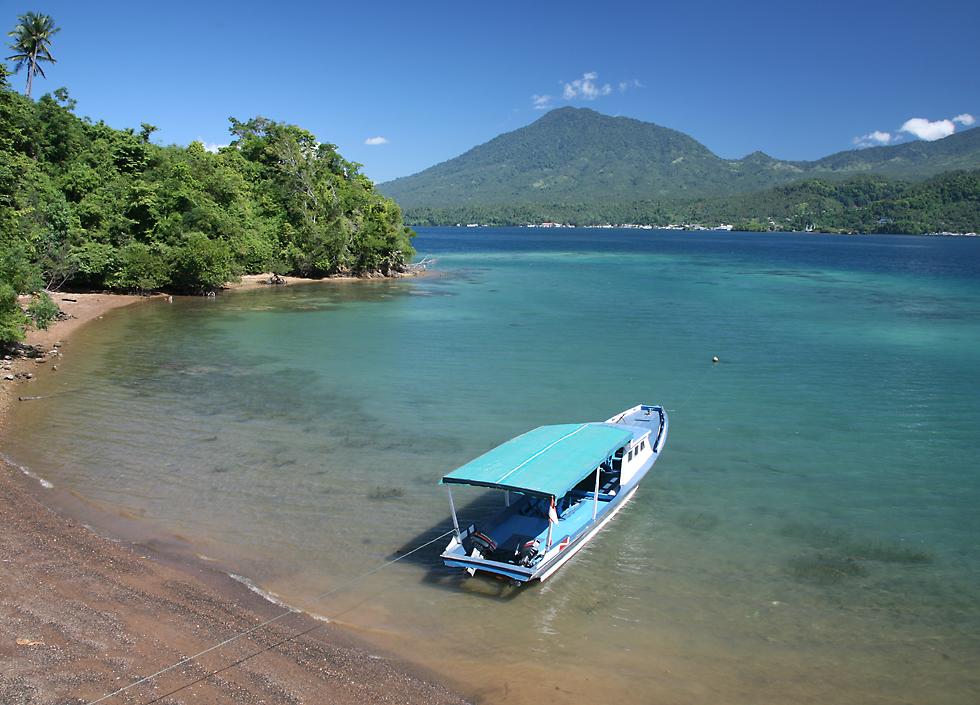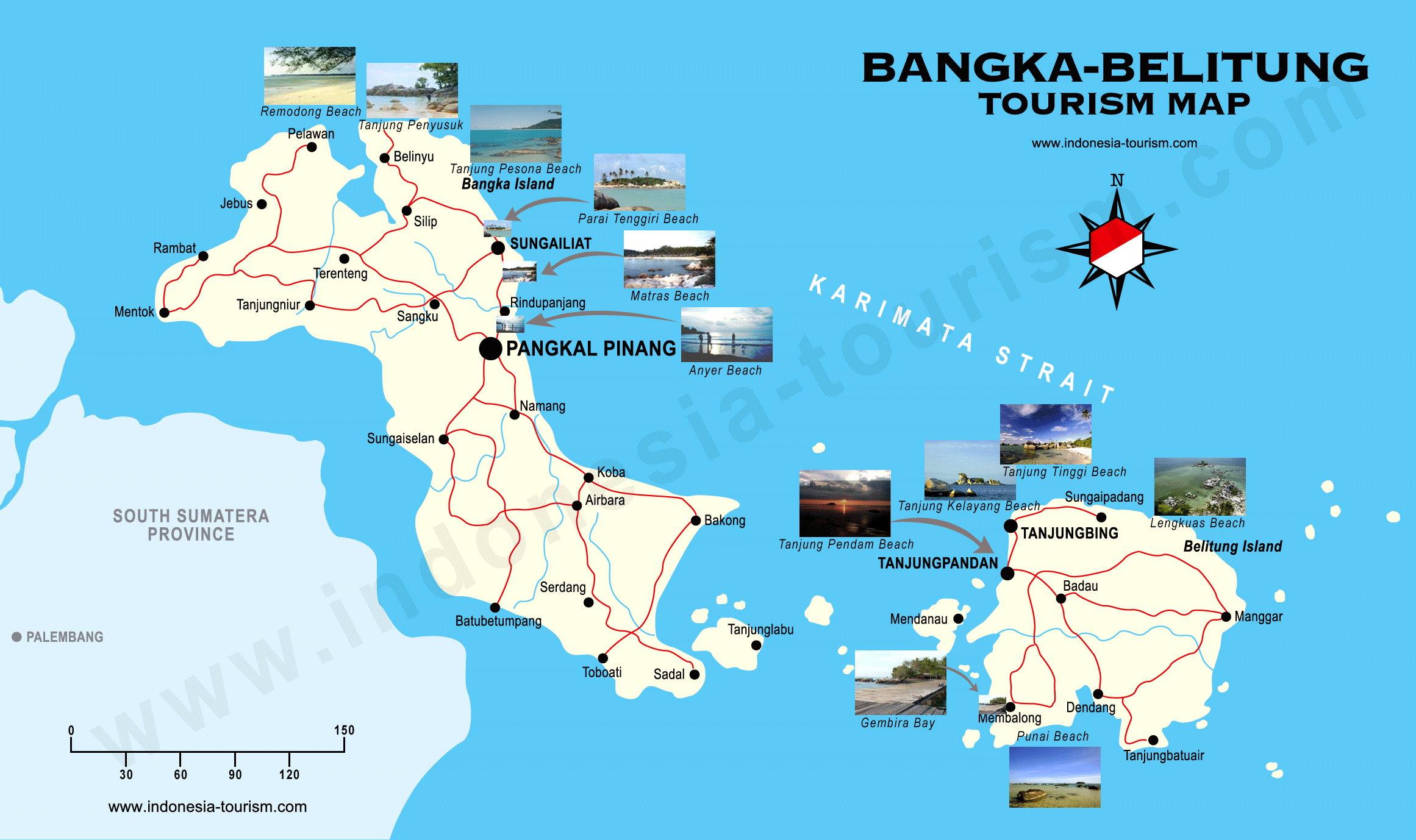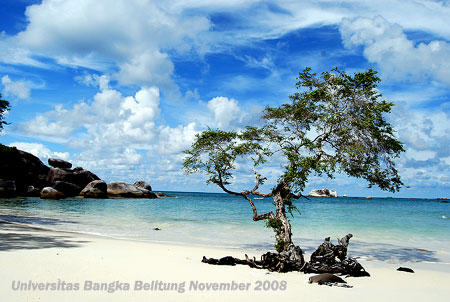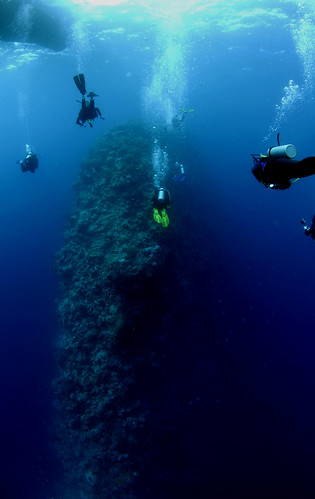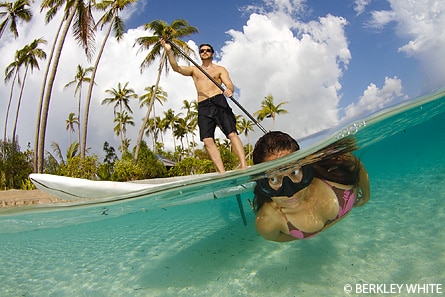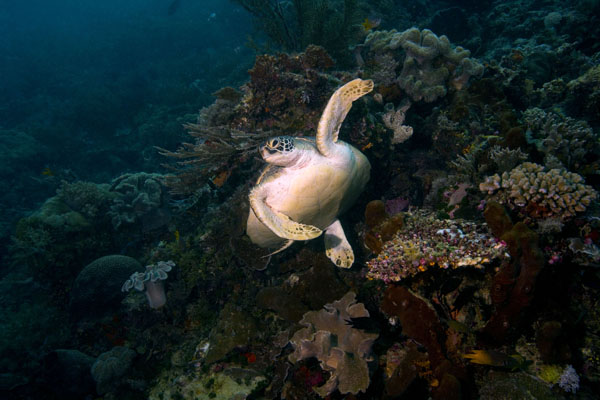The Lembeh Strait in North Sulawesi, Indonesia is renowned as being the planet's epicentre of marine bio diversity, with a welter of rare and unusual underwater creatures on its black sand dive sites.
Lembeh Strait is a really quite beautiful, with tall, verdant mountains rising either side of the water giving a protected feel with their cloud catching peaks. Surrounded on all sides by the dense green foliage of the hills and the blue of the sun and sky, it's an idyllic spot complete with white sand beaches.
The Strait's 12 km length provides nearly 50 dive sites, and while black volcanic sand is certainly what you'll see on the majority of dives in the area, there are plenty of white and grey sand sites too, some with big pinnacles covered in soft and hard corals, rather than just the black sand slopes which have become an icon of Lembeh. These coral sites have plenty of the usual tropical fish suspects, from sweetlips to angelfish to the omipresent clownfish. By crisscrossing back and forth from dive sites along the Sulawesi mainland and those scattered along Lembeh island itself, there is a good variety of dive environments which helps keep the black sand monotony at bay. To be sure, there are quintessential muck diving sites, trash-strewn with flat black sand, but they only make up a small part of Lembeh's big choice of dives. [source : Lembeh Strait]
See The Beauty



